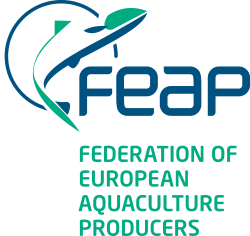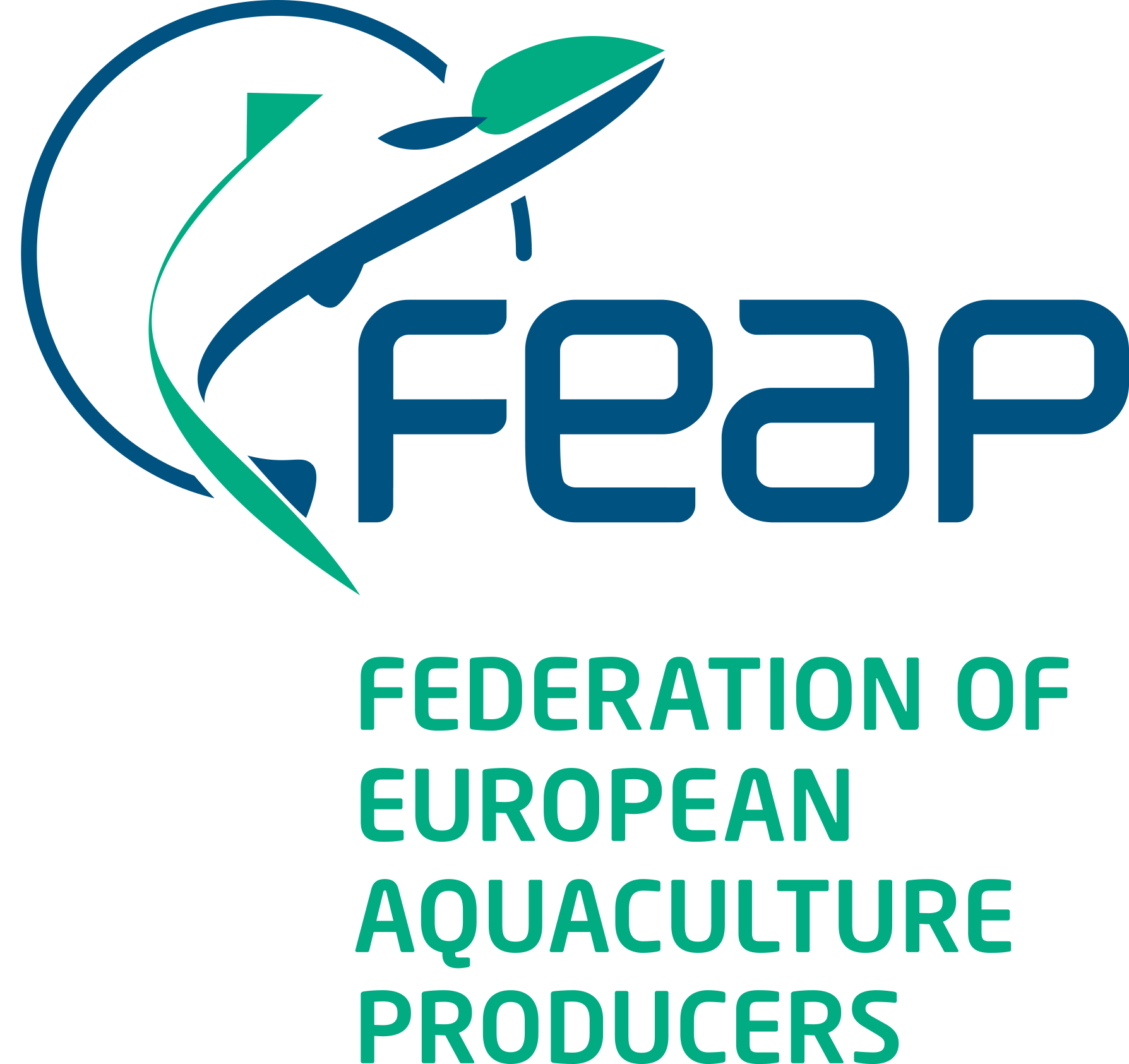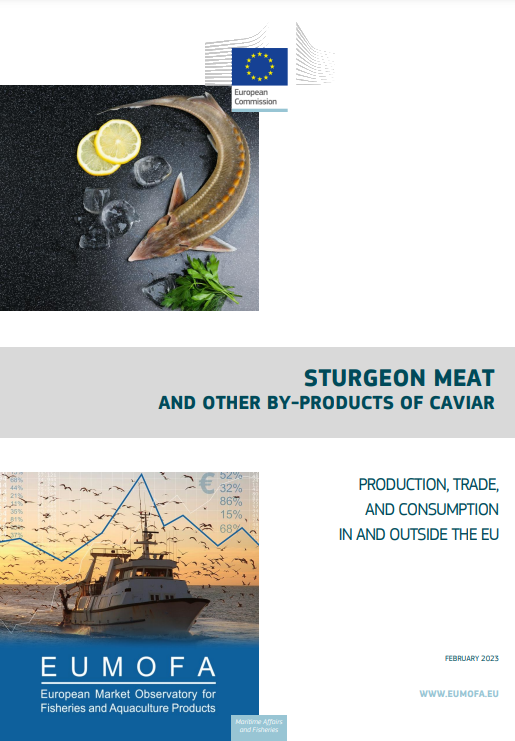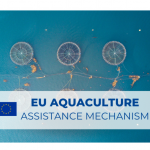EUMOFA new report on ‘Sturgeon meat’
EUMOFA has just published its new report “Sturgeon meat and other by-products of caviar – production, trade, and consumption in and outside the EU”.
The study aims to provide a comprehensive assessment of the market for sturgeon meat and other by-products and processed products from sturgeon.
Sturgeons are primarily reared in aquaculture to produce caviar. However, the economic viability of a sturgeon farm relies on the existence of a meat market. Depending on the species, it takes between 8-10 years for female sturgeons to reach sexual maturity. During this period, meat from sturgeon males is the main product produced in terms of quantity by sturgeon farms. Meat is still an important product for sturgeon farms once the stock of caviar producing females has been established. Around 20 tonnes of sturgeon meat are produced for each tonne of caviar.
Over the past 20 years there has been a steep growth in aquaculture production of sturgeons, driven mainly by production in China. According to FAO, world production was 4.100 tonnes in 2002, half of which took place in Russia and the remainder in the EU. In 2003, world production more than tripled when China reported a production volume of over 9.000 tonnes. In 2020, China accounted for 84% of global sturgeon production, followed by Russia at 4% (4.836 tonnes) and Armenia at 3% (4.200 tonnes).
Of EU MS, Italy is the largest producer of sturgeon. In 2020, Italy produced 1.051 tonnes of sturgeon, which was 19% lower than in 2019, but still 5% higher than in 2016. According to FAO, the value of sturgeon production in Italy in 2020 was nearly EUR 7 million. Over the past decade, Poland and Bulgaria have succeeded Italy as the second and third largest EU producers of sturgeon, respectively.
By-products and processed products from sturgeon are also traded globally and registered in CITES export data. In 2018, a total of 2.403 kg sturgeon by-products and processed products were exported. Most of these exports were extracts (38%), followed by cosmetics (20%), fins (16%), and derivatives (11%)
Sturgeon meat is dense and much appreciated for its firm, meaty, and boneless texture. Farmed sturgeon is a healthy product, as the meat is protein rich and low in fat. With proper management, nearly the entire sturgeon can be utilized for different purposes after slaughter.
In Europe, sturgeon meat is mainly consumed in eastern European countries such as Bulgaria, Ukraine, Serbia, and Romania. In China and Russia, it has been a part of traditional cuisine for hundreds of years and is still popular on the dinner table today







